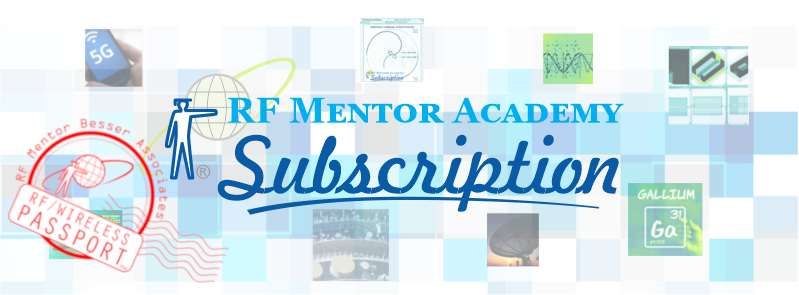
A continuously updated collection of courses and tutorials presented by the experts from Besser Associates. Buy your subscription for US$995 for a one-year (365 day) term.
New circumstances call for a new approach to online training!
A full year of access to courses, tutorials, and the RF/Wireless Passport™ program
- all from Besser Associates instructors
- all for one fixed price of $995/year (per person)
- includes our new RF Wireless Passport program - see below!
Value Added
The subscription content includes online courses and short "premium tutorials" from Besser Associates. Topics include EMI/EMC, aerospace, RF power amplifiers, and now with our passport program our most popular fundamental RF/wireless systems, circuits, and PCB courses as well!
Topics are constantly updated - See current listings.
Subscribe Now!